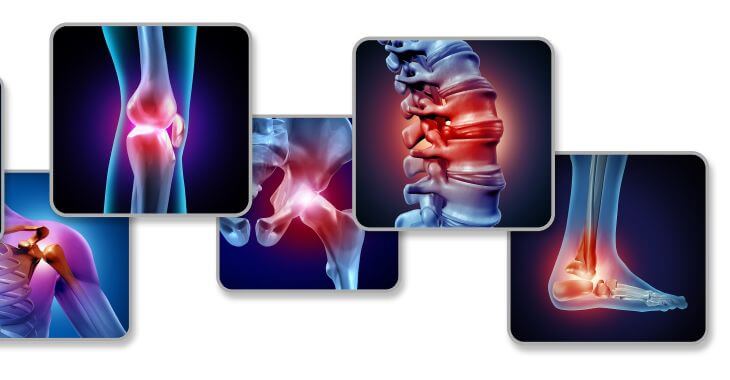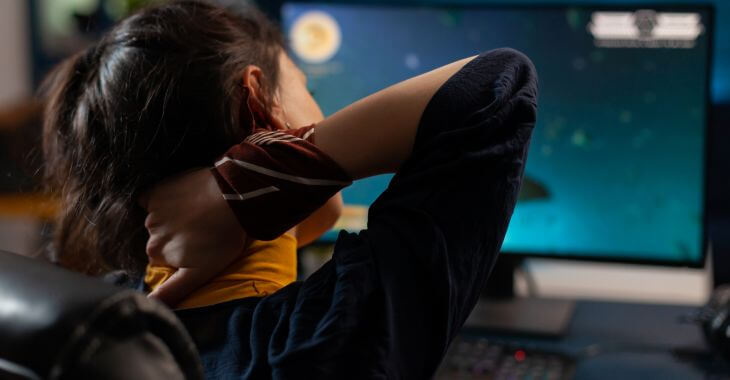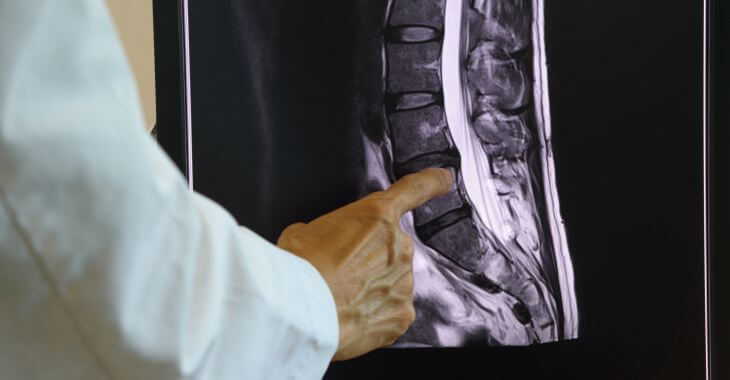What If a Cortisone Shot Doesn’t Work for Pain Relief?

Inflammation is one of the main causes of pain. From sore joints and bursitis to excruciating back pain from nerve irritation, inflammation can cause debilitating discomfort. Cortisone shots are a common treatment for inflammation, but what if a cortisone shot doesn’t work for pain relief?
What Is Cortisone?
Cortisone injections are one of the most commonly used pain medications. This medication is in the glucocorticoids drug class, a corticosteroid hormone. The effect of cortisone is to decrease the natural inflammation and defense response by the body. This can stop swelling and other types of defense reactions.
Cortisone injections are used as a treatment for a wide range of pain disorders. While cortisone does not cure the underlying condition, it can offer relief from the defense or allergic reaction. Most conditions treated with cortisone injections involve pain caused by inflammation or swelling, including:
- Arthritis
- Bursitis
- Gout
- Back pain
- Tendonitis
The cortisone shots usually contain the corticosteroid hormone and lidocaine. The lidocaine can offer an immediate pain reduction, but this will wear off in a few hours. The effects of cortisone take a few days to occur – it is common for the pain to increase slightly before the pain relief effects take place.
Cortisone injections are commonly used in the joints and back to reduce inflammation that is causing pain. Most inflammation will cause pain; thus, an anti-inflammatory medication like cortisone can likely reduce the pain. However, while inflammation usually causes pain, not all pain is caused by inflammation.
There are limits to the use of cortisone shots. There are risks of damage to the joint and cartilage with too many cortisone injections. It is usually recommended to limit joint injections to only once every six or more weeks with only 3-4 injections per year.
When Are Cortisone Injections Recommended?
Not all pain conditions can be helped with cortisone injections. For example, a mechanical problem in your joint will likely not respond to a steroid shot for pain relief. If you have pain that comes and goes, or your joint or back only hurts when performing certain movement, it is likely not pain from inflammation.
Orthopedic doctors and spine specialists will perform an exam and use diagnostic tools to determine if a cortisone injection may be a worthwhile treatment. If the pain is caused by a mechanical problem, a cortisone shot may not be the best treatment.
What Does It Mean If a Cortisone Shot Doesn’t Work?
As previously discussed, inflammation usually causes pain, but pain is not always caused by inflammation. If you have joint pain and your doctor gives you a cortisone injection, it may or may not give you relief. What if a cortisone shot doesn’t work for pain relief?
When you have a cortisone shot and you do not experience pain relief within a week, this usually means that your pain was not caused by inflammation. You may have inflammation, but there is something else resulting in pain beyond the swelling in the area. While it may be frustrating, this can be used for diagnostics.
Many doctors and pain specialists will monitor your response to cortisone to determine the source of pain. For example, there are a variety of spine conditions that result in similar symptoms. Using cortisone injections can help pinpoint the area of inflammation or determine if there is another pain issue.
For many patients, cortisone injections only will work for so long. For example, a person with arthritis in their knee may experience relief from pain with a steroid injection a few times a year at first, but it eventually may not work. This can indicate that the joint has deteriorated further, requiring different treatment.
Alternatives to Cortisone Shots
When you have a cortisone injection that does not work to relieve pain, your doctor will explore other treatment options. It is likely that there is a mechanical problem that may need to be resolved to provide pain relief. Alternatives to steroid injections for pain can include:
- Strengthening exercises
- Stretches
- Braces and support devices
- Surgical intervention
- Pain interruption treatments
The type of treatment needed depends on your pain condition and the possible sources of pain. Your doctor can explore different options to find pain relief from your condition. Most physicians and surgeons prefer to explore conservative treatments before considering surgery for pain relief.

If you have joint or back pain and a cortisone treatment is recommended, you may wonder, “What if a cortisone shot doesn’t work for my pain?” While it can be frustrating, it may be the step needed to determine the best treatment for your condition.
Cortisone injections can be a temporary pain relief treatment to relieve inflammation that is pressing on nerves or other tissues. When the injection doesn’t work, it can be useful as a diagnostic tool to find the right treatment to give you pain relief.
The information provided on this website, including text, graphics, images, and other materials, is intended solely for informational purposes and should not be used as a substitute for professional medical advice, diagnosis, or treatment.



)